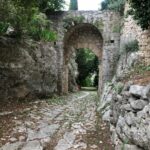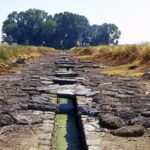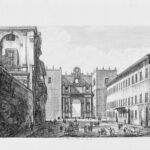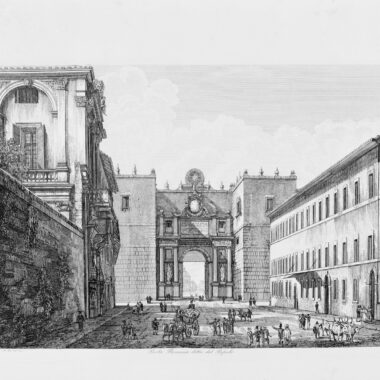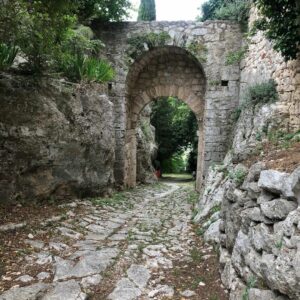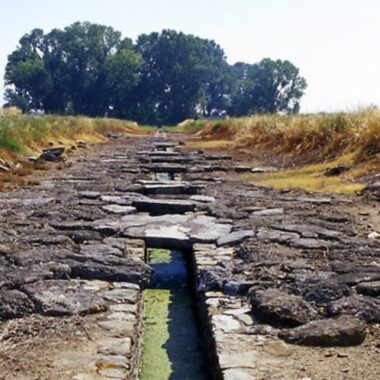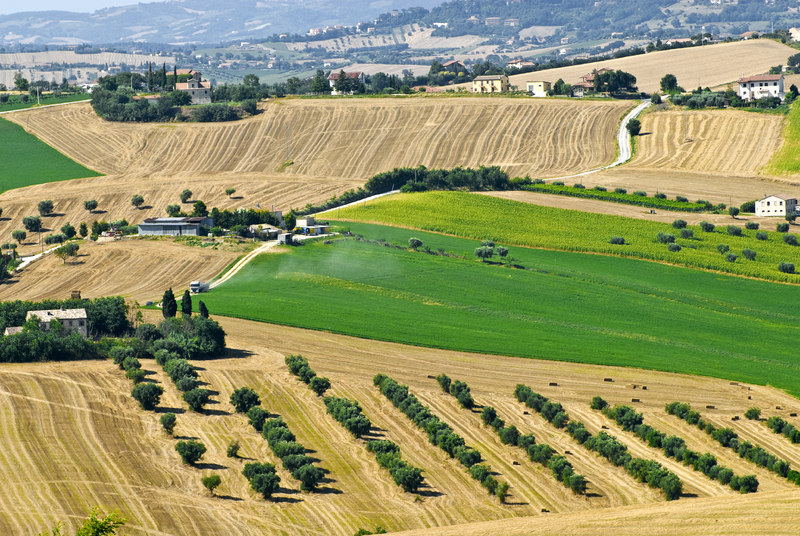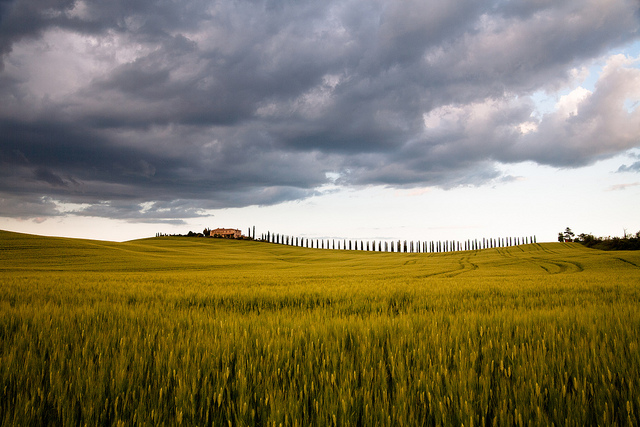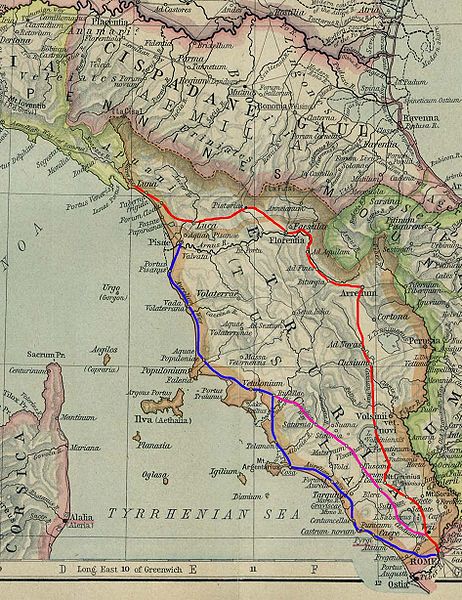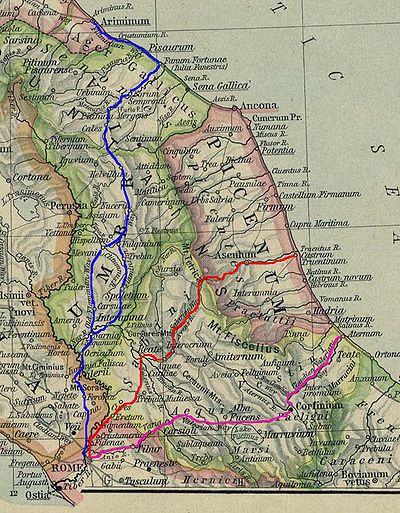
It’s usual to give the Romans credit for anything that comes to mind. They were pioneers in a variety of fields, and even in the road sector, they had few competitors. The Via Salaria was nothing short of remarkable in terms of facilitating trade, the migration of people, soldiers, slaves, and so on.
The Salaria was, and still is, one of the most important roads built, and served to connect the towns in the central part of Italy. Still very much used today, this road, defined consular, like all major Roman roads, was constructed during the Roman Empire to open a direct way from Rome to the Adriatic Sea: a strategic choice to easily connect the capital with its eastern commercial and military fleet.
Via Salaria’s historical context
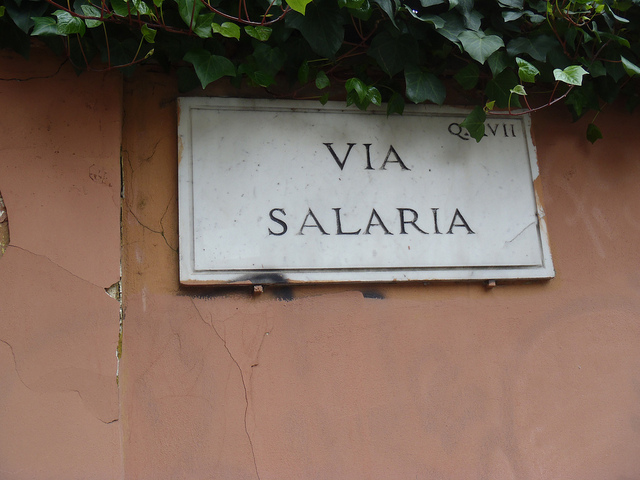
The route is actually given to the Sabines, who have utilized it for trade since the second century B.C.
The Romans took over the route and developed and expanded it until it became what we know today. As a result, it is one of the oldest Roman streets ever.
The goal was not merely commercial, but also survival. The name Via Salaria comes from salt (“sale” in Italian), which was particularly valued at the time since it allowed for longer food preservation. The salt road had quickly become Via Salaria.
The route, on the other hand, was restored from top to bottom following the conquest of Sabina, an area originally inhabited by the Sabines and which we can link very broadly with the contemporary Abruzzo, Umbria, and Lazio. On that occasion, the road was completely paved, enlarged, and stone bridges were erected.
Centuries of history, however, were lost with the fall of the Western Roman Empire in 476 A.D. The Via Salaria, once a national center of maritime traffic, was reduced to a desolate path devoid of any traces of ancient splendor.
As a result, returning to the original path was extremely difficult, and it appears that scholars only managed to trace it completely at the beginning of the ‘900. The ancient Via Salaria is today known as Via Salaria Statale 4, and it is designed to follow in the greatest way possible, the majestic road established millennia ago.
The Via Salaria route
Today, the road is still very much the same: it begins at the Aurelian walls in the city, goes northeast, passing through the Parioli, one of the most exclusive neighborhoods in modern Rome, and finally exits the city at the Porta Salaria (Salaria Gate), crossing the Aniene, the second river of Rome after the more famous Tiber.
It is not entirely clear which shape the Salaria had right outside the city back in the days, but we know it crossed the city of Rieti, then the region of the Abruzzi, and, eventually, reached the Adriatic coast.
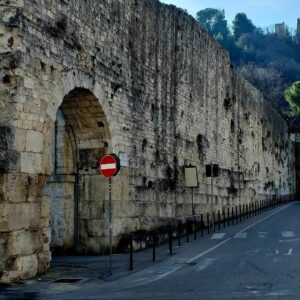
From Rieti, the road would follow the river Velino towards Cotilia, a town where the Romans had well-known spas, and where many an Emperor and nobleman had their summer villas built to relax and take full advantage of the natural, hot, sulfured water.
Vespasianus and Titus were the Emperors who loved Cotilia the most. However, Cotilia was not the only spa located along the Salaria: Antrodoco, another thermal site, was often used by the Romans, too.
The Salaria has then the essential role to connect Rome with the Abruzzi, which is a very important region in Italy; moreover, the Salaria reaches some of the nicest mountains in central Italy, including Mount Terminillo, which is the official skiing place for all Romans. Going through and around mountains was a serious logistic problem, but Roman Engineering was definitely ahead of its time and managed to successfully solve the issue.
How is the situation today…
Today, traveling from Rome to the Adriatic is much quicker by train or by driving on the freeway, but the Salaria is still a pretty charming way to travel if you’re into road trips. On a social, and sadly contemporary note, nowadays, the Salaria, especially around cities and larger towns, is known for being populated with prostitutes. This a fairly common scenario on Italian State Roads, sometimes even in daytime.
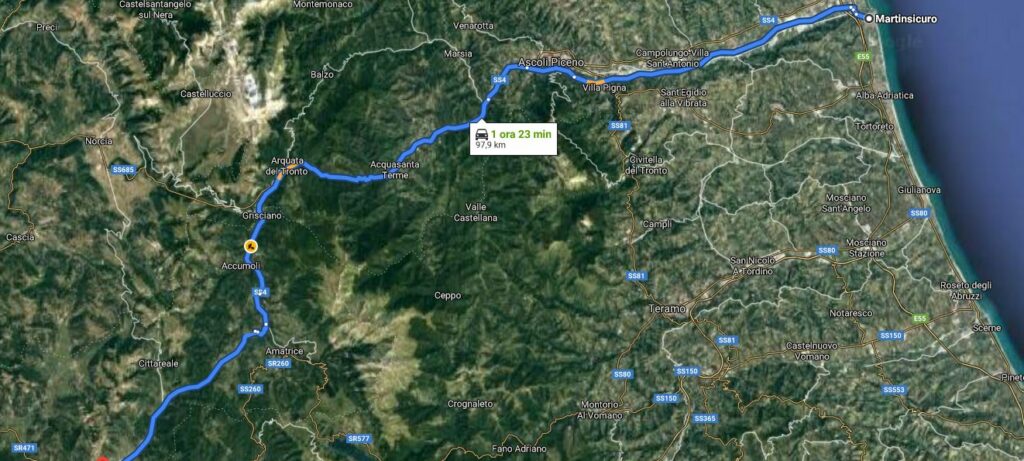
Edited by Francesco Paladini


